Diploma 2015: "Thresholds" by Karoline Kalstveit
Territories and states of liminality at Unstad, Lofoten
This project was awarded with a Distinction for outstanding quality by the diploma assessors.
Climbing the fences of a remote village on the outer coast of Lofoten.
This Diploma project has its starting point in theories about liminality and liminal landscapes (Victor Turner, 1967: Betwixt and Between: The Liminal Period in Rites of Passage), as studied in the social science essay. Unstad was chosen as a result of the essay, and due to a personal attraction to, and curiosity about, this special landscape with it’s many attributes of liminality: The meeting between the steep mountains and the flat, fertile valley; the north-west exposure to the pounding North Sea; the shoreline‘s mix of steep cliffs, pebble and soft, white beaches/sand; and the breaks that attract surfers from all over the world.
Through mapping, interviews and investigation of history, many liminal aspects of Unstad has been discovered. It is a village that has been strongly depopulated the last 50 years, going from more than 200 inhabitants in the 1950's to 17 inhabitants in march 2015. At the same time Unstad beach has been discovered as a surfing spot, and is now world famous due to the perfect breaks ocurring now and then along the shoreline. Though time is forcing itself upon the village, Unstad is in many ways an anachronism, with a strong resistance to change both in the community, the built structure and the landscape. The meeting between the surfers, other tourists and the local residents, is confrontational. The local people claim not to be “seen” by the tourist, but at the same time they refuse to open up to the new “intruders” of the village.
As a response to the local’s need to be “seen” by the visitors, and their contradicting resistance towards opening up, this Diploma project introduces three speculations, all based on a traditional Norwegian liminal device; the fence-climber. By introducing a fence climber on every fence on the infield, visitors a welcomed to walk and may meet local people on their homefield. The next two speculations are variations of the climber, developed into small scale architectural responses to the property lines and the relationship between neighbours, visitors and territories.
The first variation of the fence climber is a shelter unit, 2m x 2m wide and 5 m tall, that is owned by the individuals. The shelters can be stored inside one of the many empty barns in the village, and is taken out to their foundations during spring. Each land owner place their shelter on a plot that is exchanged with a neighbor. The neighbors open their shelters towards each other according to their level of dialogue.
The next variation, the “extended speculation”, introduces a variation of shelters around a border, that runs from the inner village towards the sea. Here the multitude of shelters diffuse the borders in-between themselves, and provide a new public space in this in-between zone. The border disappears.
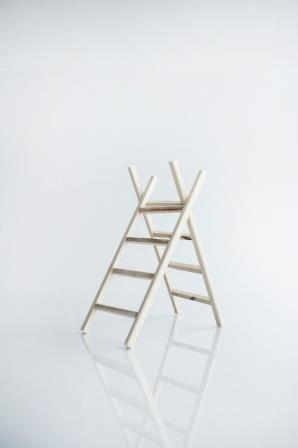
Model study of a traditional Norwegian liminal device; the Fence Climber. Photo: Mattias Josefsson
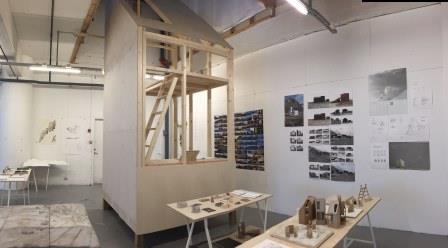
From the exhibition, including the 1:1 study of a liminality shelter. Photo: Karoline Kalstveit
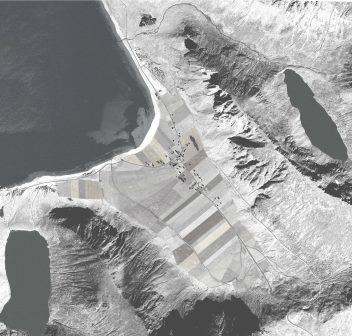
Map of the Unstad valley
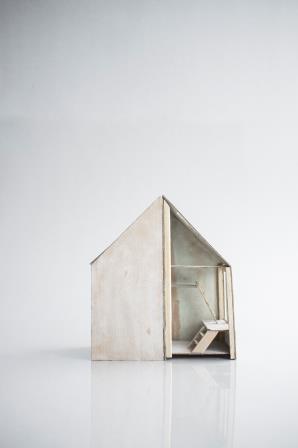
Model study 1:20 of two neighboring shelters. Photo: Mattias Josefsson
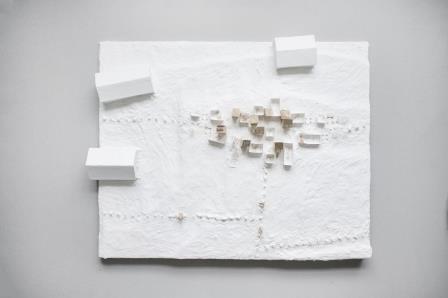
Model 1:100 of the extended speculation, including gardens and plots, and how the landscape changes with the seasons, as the shelters are taken into the barns during fall. Photo: Mattias Josefsson

Axonometric drawing of two neighboring shelters, including some constructive details.
